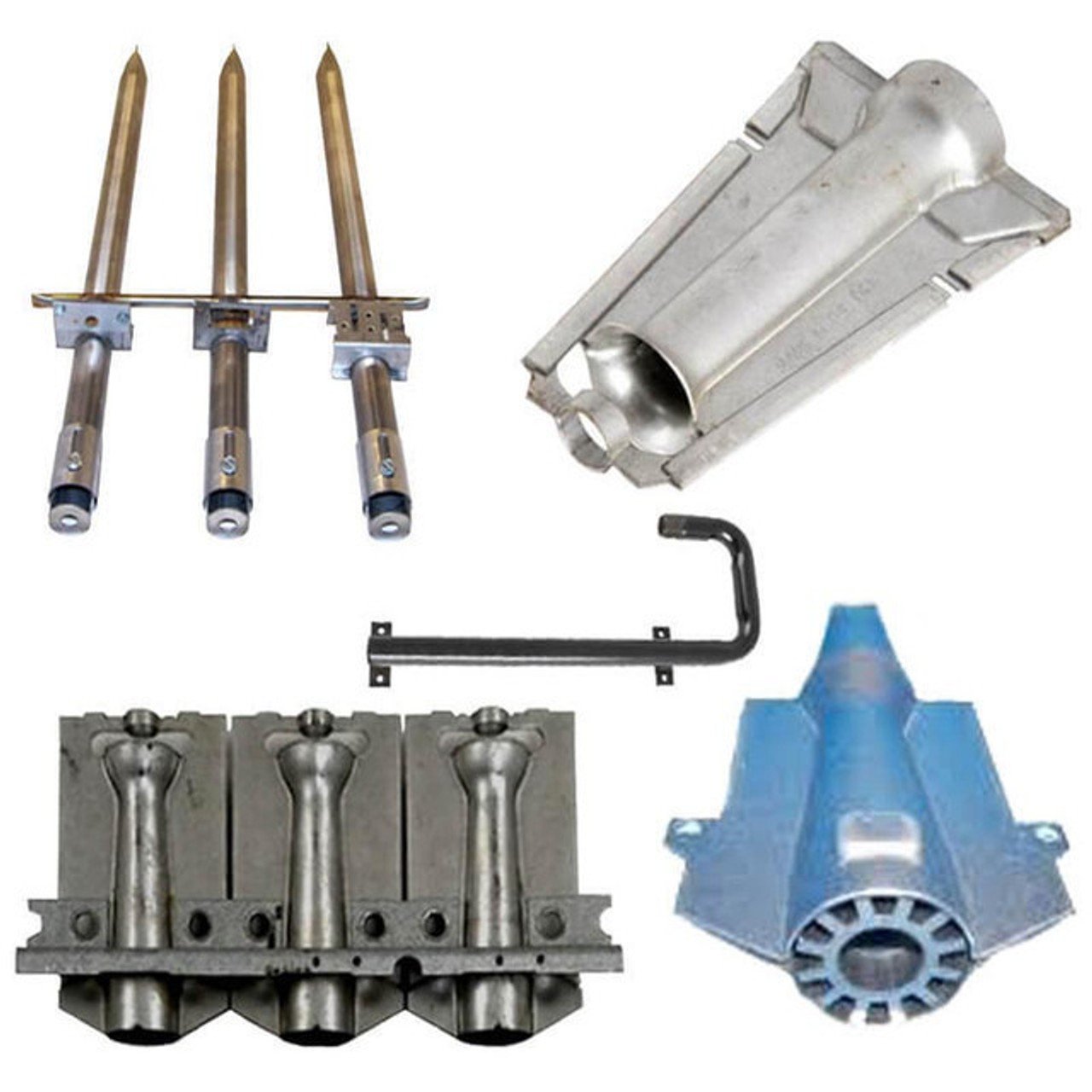
How to Clean a Gas Furnace Burner: Best Practices for Efficient Heating
Once the power and gas are turned off, remove the furnace access door. Use a screwdriver or a ratchet & socket set, and follow the manufacturer’s guidelines to prevent damage.
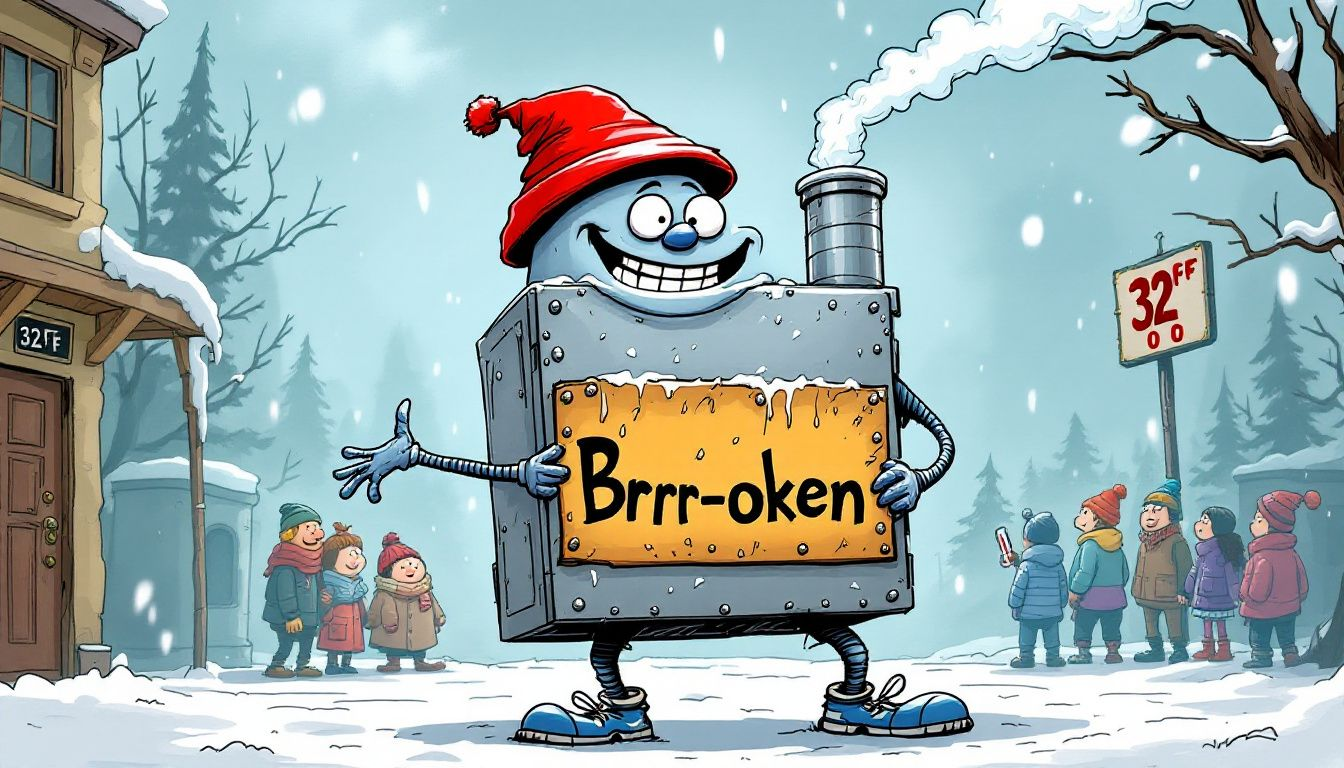
Top Solutions for Your Heater Blowing Cold Air
To address a heater blowing cold air, understanding its functionality is the first step. A heater’s main role is to warm a heat exchanger and circulate hot air through the home’s ducts. This process involves several key components: the heat exchanger, blower fan, and thermostat.
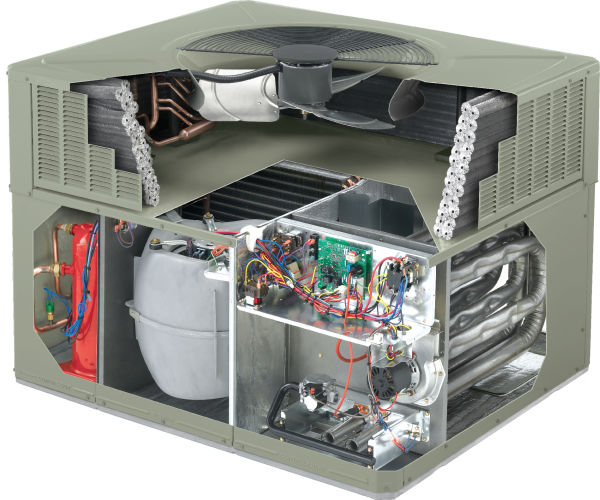
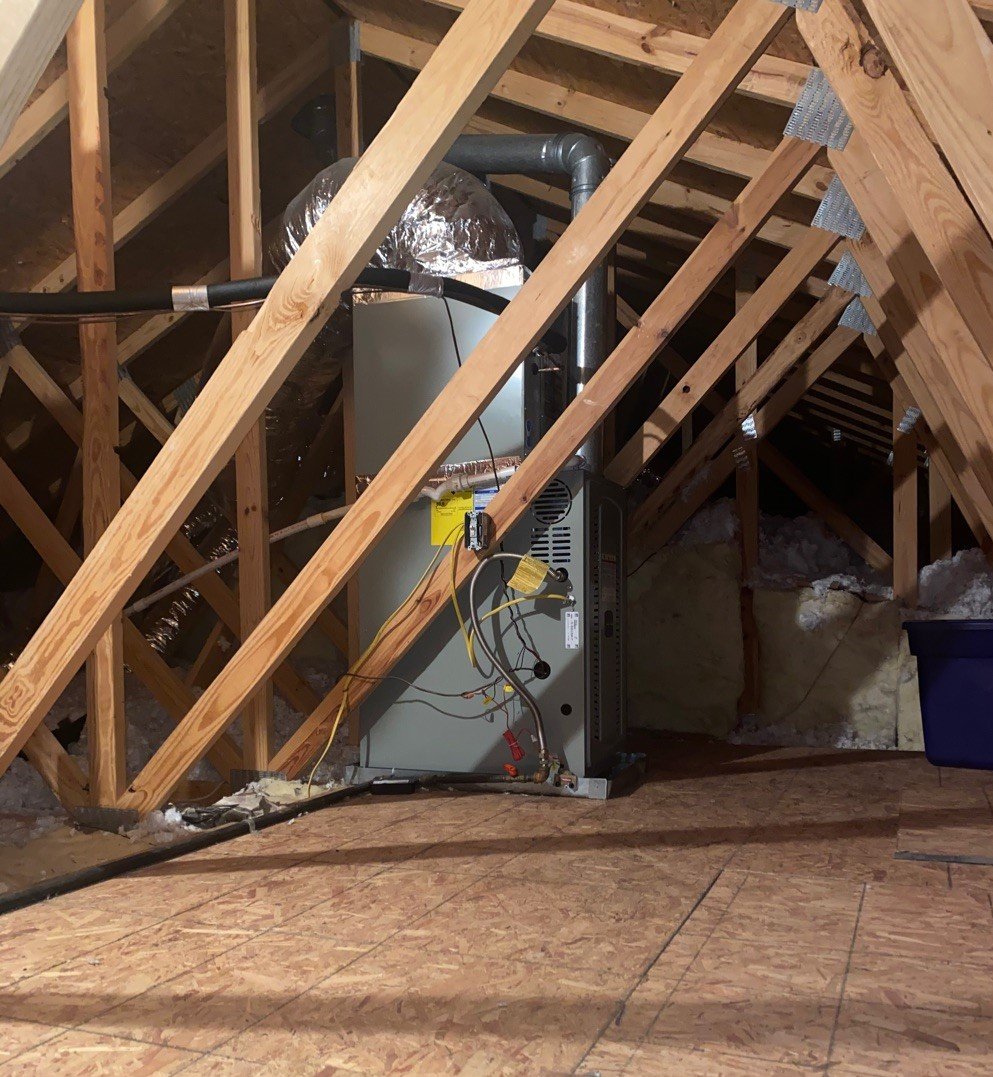

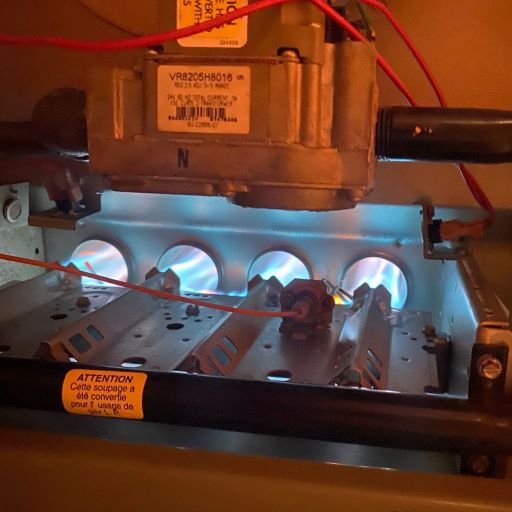
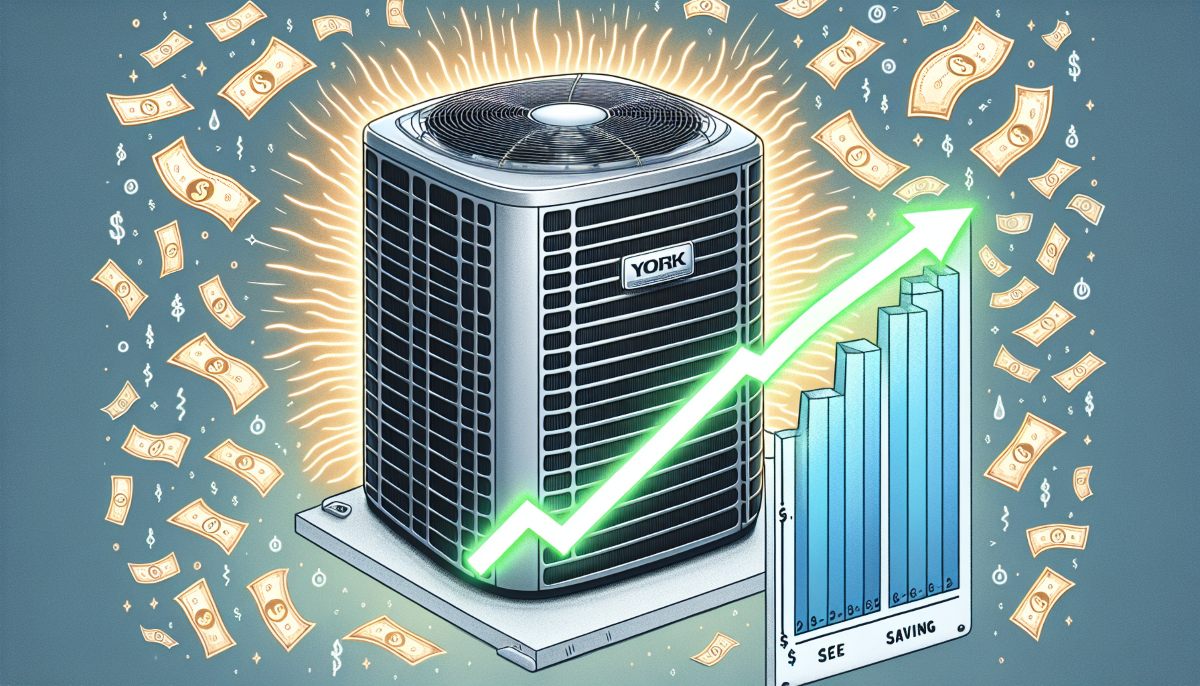
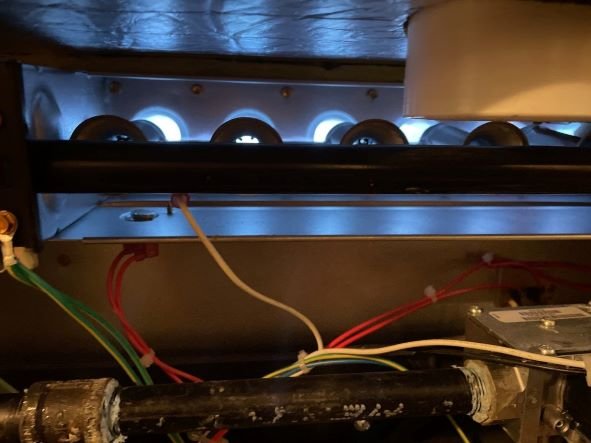
How Much Does It Cost to Replace the Flame Sensor in a Gas Furnace
Learn the cost to replace a flame sensor in your gas furnace with our comprehensive guide. Discover the factors affecting prices, ranging from $75 to $250, and get expert tips for maintenance and efficient operation. Stay informed with Jeremy James's insights on ensuring your furnace's safety and longevity.
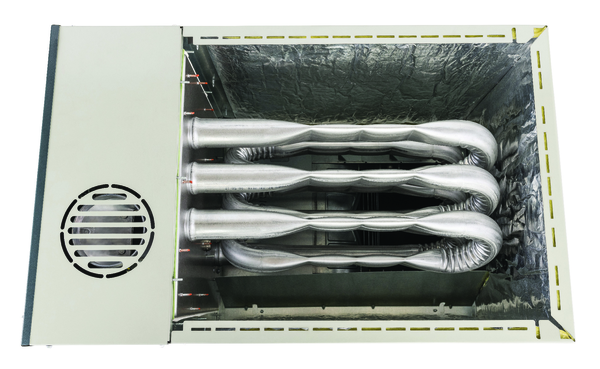
How to Replace a Heat Exchanger in a Residential Gas Furnace
Learn to replace a heat exchanger in a residential gas furnace with our comprehensive guide. Understand costs, time, and when it's more effective to replace the entire unit. Plus, get insights into the critical role of heat exchangers in your furnace's efficiency and safety.
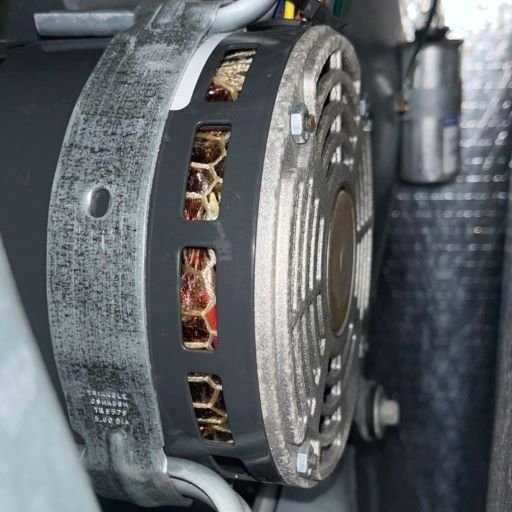
Cost to Replace a Fan or Blower Motor in a Gas Furnace
Explore the essential guide to replacing your furnace blower motor. Understand the costs, signs of failure, and the process of professional installation. Learn about different types of blower motors, including variable-speed models, and how to choose the right HVAC professional. Gain insights into the long-term maintenance of your furnace and air handler for optimal efficiency. Comprehensive, informative, and designed for homeowners.
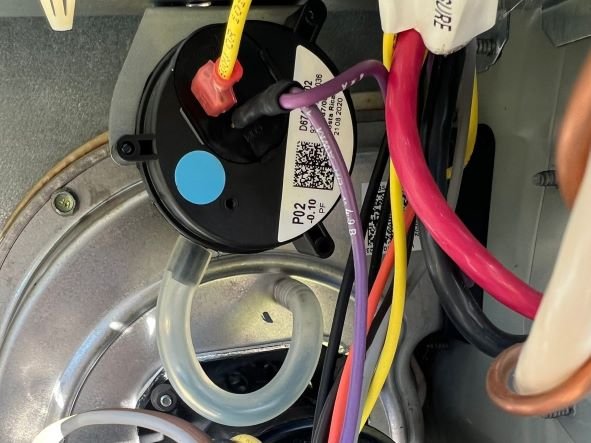
Cost to Replace Gas Furnace Pressure Switch
Explore our comprehensive guide on the cost to replace a gas furnace pressure switch. Learn about common signs of a faulty switch, DIY assessment tips, professional repair costs, and how to save money on replacements. Essential reading for homeowners looking to ensure the safety and efficiency of their heating system.
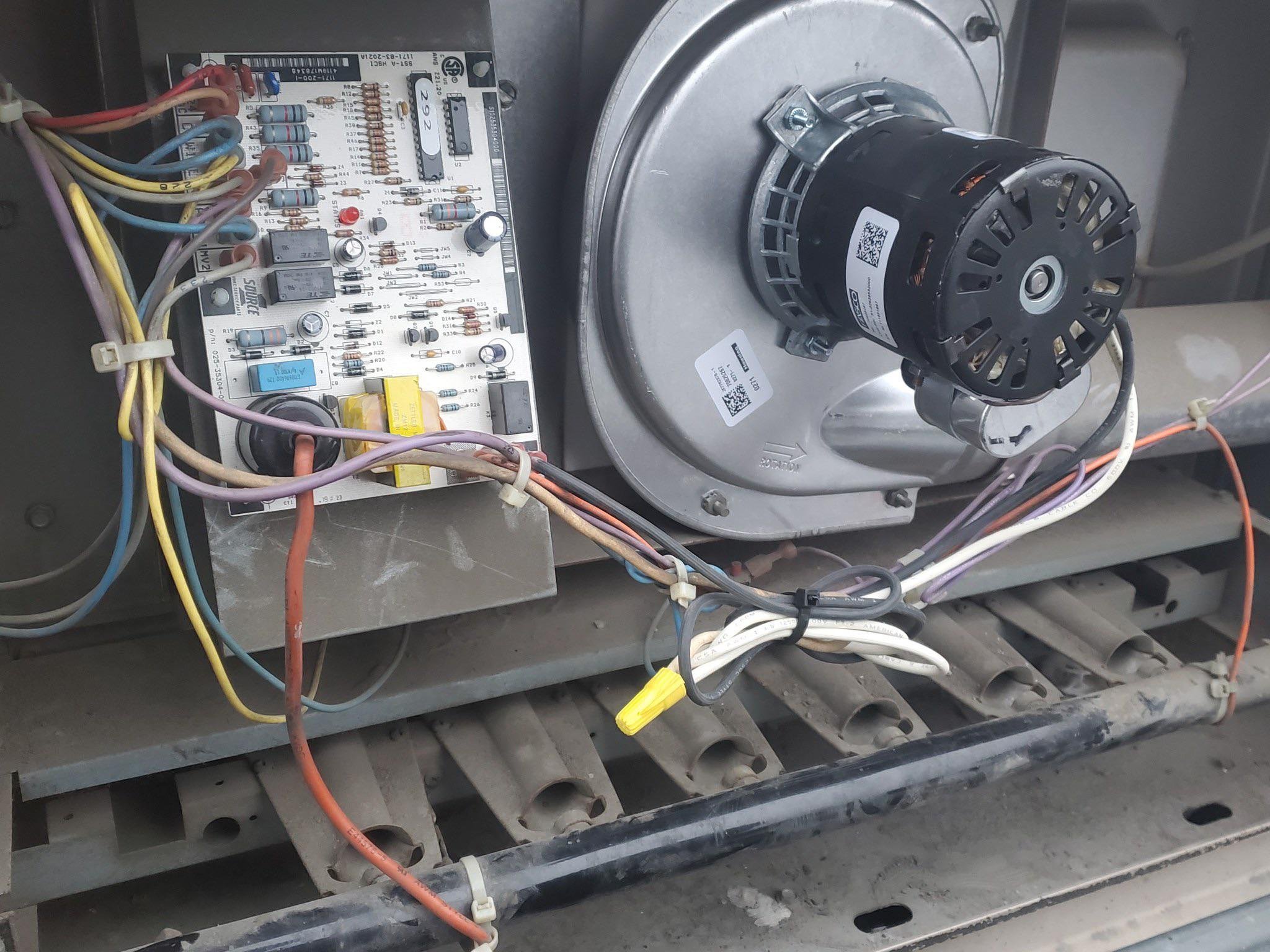
The Cost to Replace a Furnace Induction Motor
The furnace induction motor stands out for its critical function in circulating warm air throughout your home. However, like all mechanical parts, it's susceptible to wear and tear over time. Understanding the costs and considerations involved in replacing a furnace induction motor is essential for any homeowner looking to maintain an efficient and reliable heating system.
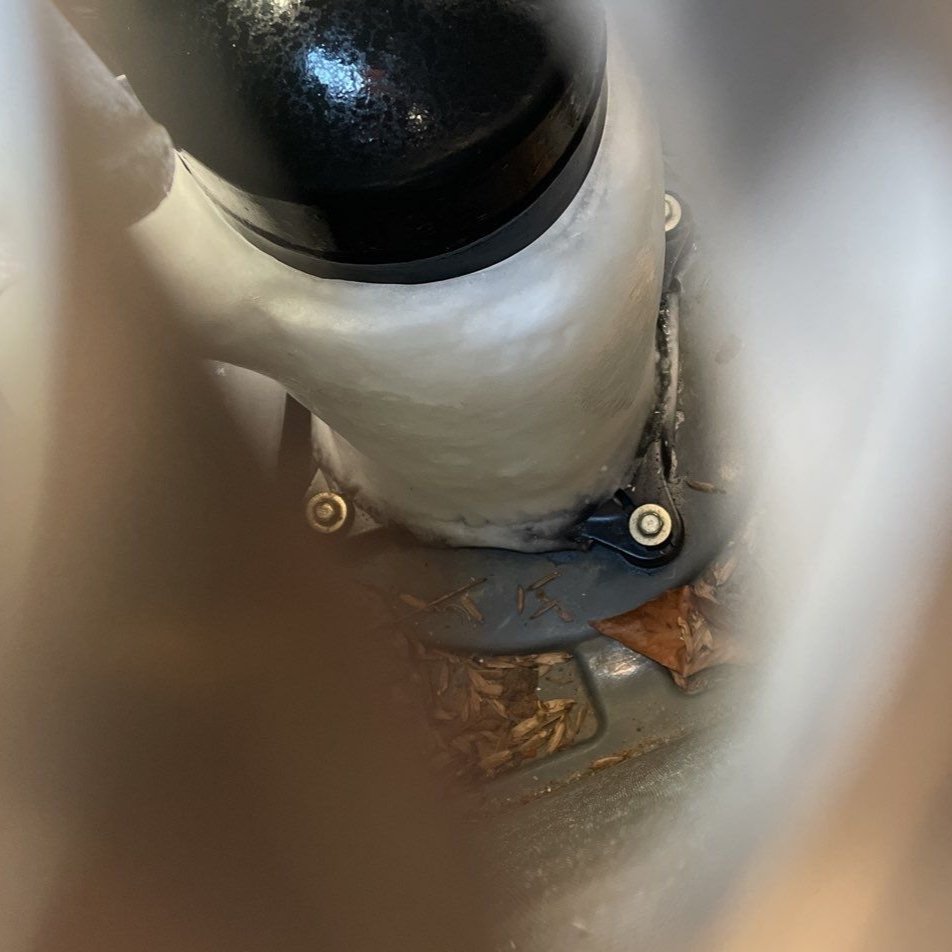
Why is My AC Freezing Up?
A freezing air conditioner is a common but significant problem that requires attention. Various factors can contribute to this issue, including a dirty air filter, mechanical problems like a faulty blower fan, low refrigerant levels, and even external factors like outside temperature. Understanding these causes is essential for homeowners to prevent and address the freezing of their AC units effectively.

How Much Does It Cost to Replace a Furnace Control Board?
Replacing a furnace control board is an essential aspect of maintaining the efficiency and safety of your home's heating system. Key points include understanding the function and significance of the control board, recognizing the signs of a faulty board, and being aware of the different types of control boards available, each affecting the cost differently.

How Does a Gas Furnace Work
At the heart of a gas furnace lies a complex yet efficient mechanism designed to transform natural gas into a steady stream of cozy warmth. The process begins with the ignition of the gas in the burner assembly, releasing heat that is then absorbed by the heat exchanger.

Ensuring Warmth with Peace of Mind: The Importance of a Gas Furnace Safety Inspection
As we delve into the world of gas furnace safety, our goal is to equip you with the knowledge to make informed decisions about the maintenance and care of your home's heating system. After all, a warm and secure home is not just a luxury—it's a necessity, and ensuring the safety of your gas furnace is the first step toward achieving that comfort with confidence.
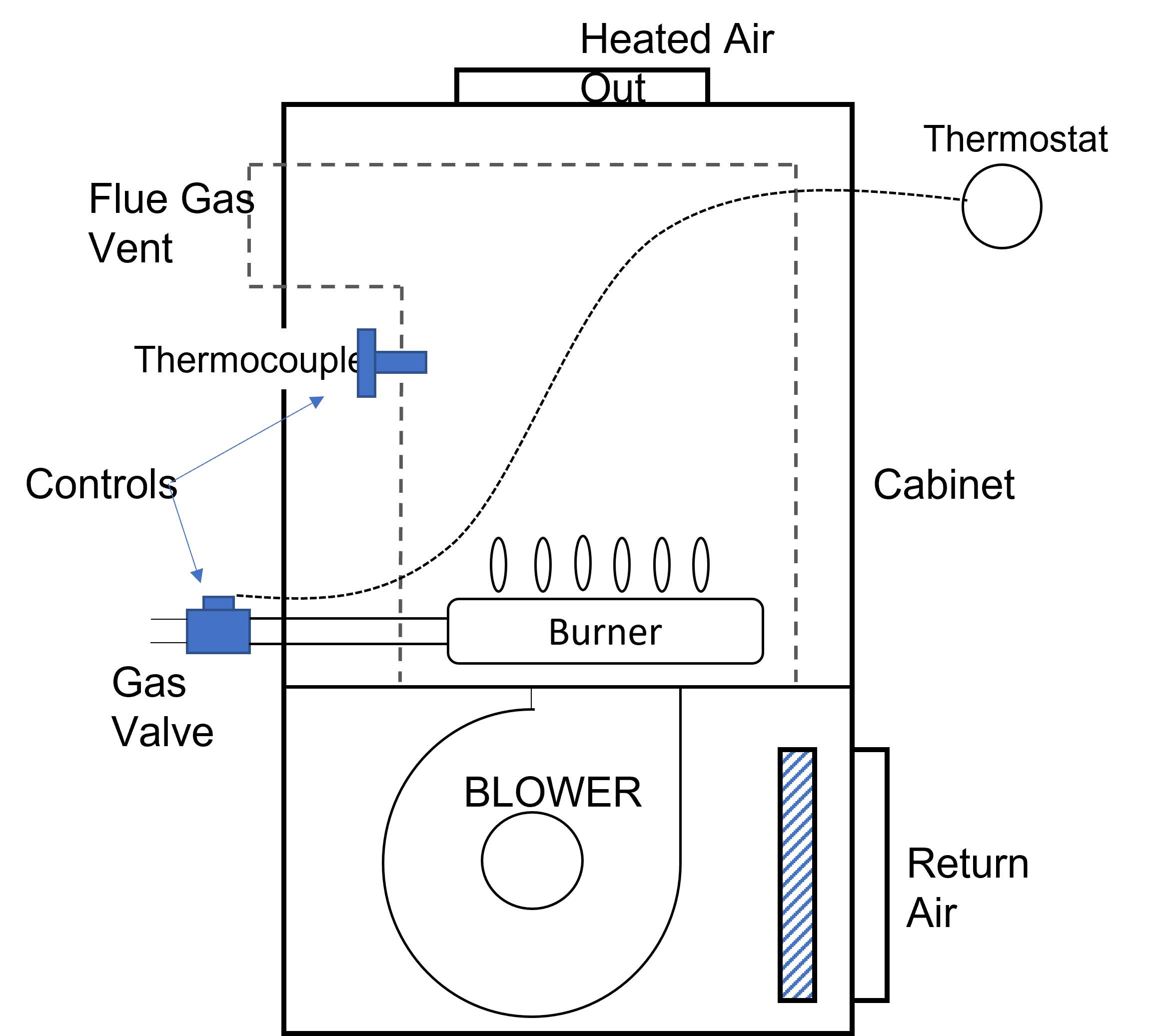
Gas Furnace Efficiency Ratings
Most furnace manufacturers offer two types of furnaces: Mid-efficiency Category I fan assist, High-efficiency Category IV condensing-type furnace. The minimum energy efficiency for mid-efficiency furnaces is 80 percent annual fuel utilization efficiency (AFUE). 80 percent furnaces have a flue gas temperature at least 140F above the dew point of the flue gas.
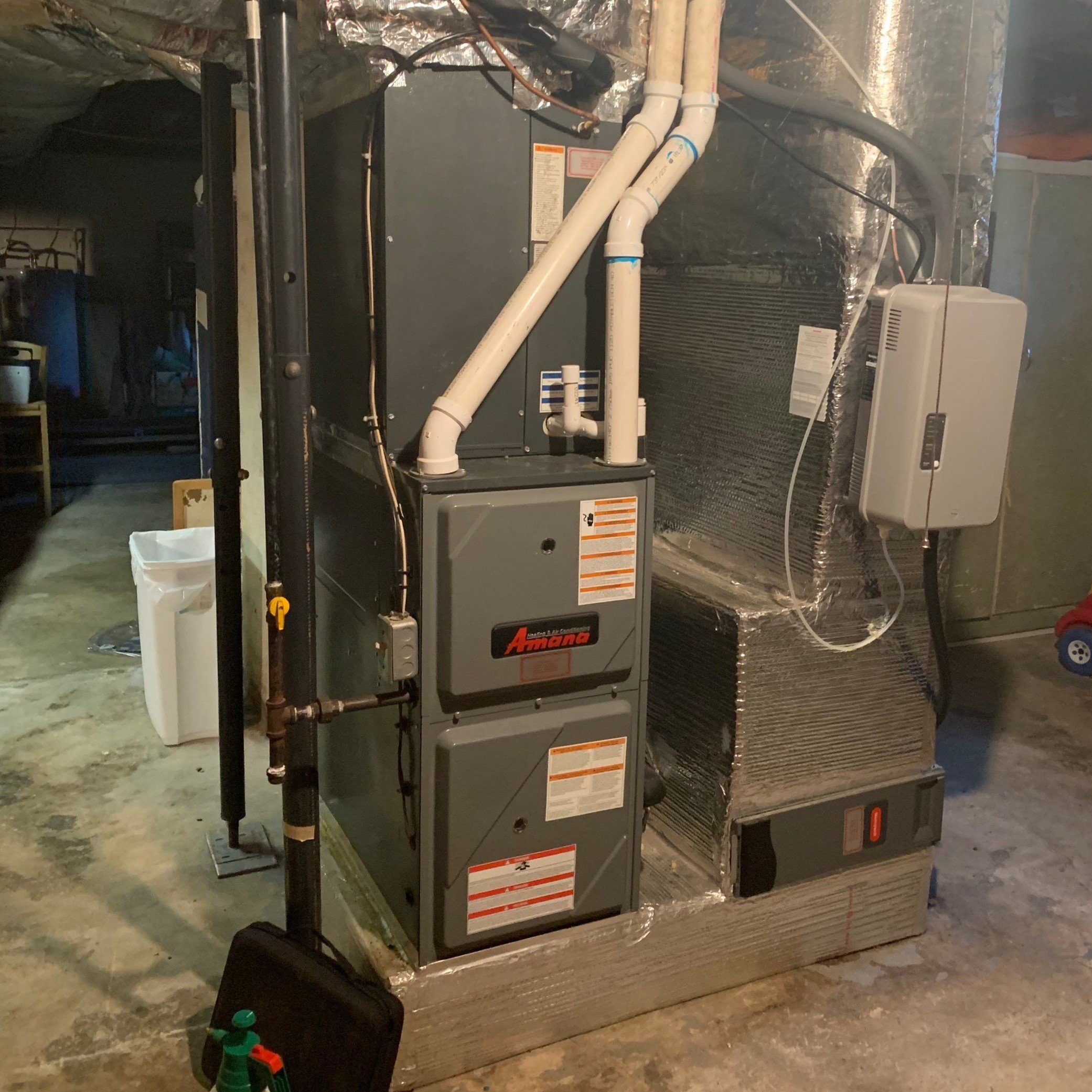
High-efficiency gas furnace
This article wraps up our information on furnace efficiency ratings and categories. This should give homeowners a better understanding of their heating system. You have insight into the limitations that are placed on installation, furnace location, vent piping, condensate drains, and integration with your cooling system.
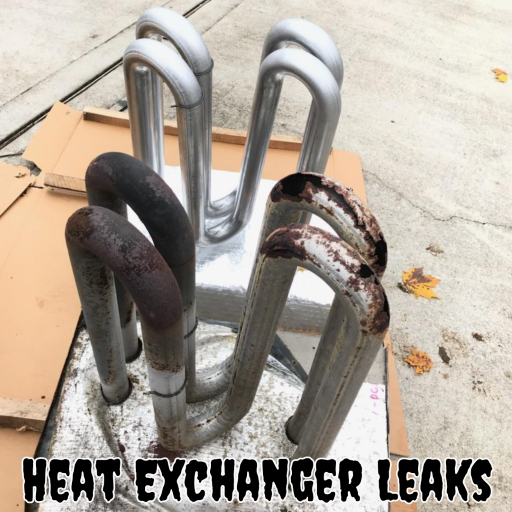
Gas Furnace Troubleshooting
Gas furnaces are safe appliances and are highly recommended in nearly every home. However, poor repair or maintenance practices can very easily remove the safety margin designed into every furnace. Your furnace has several safety features that shut down the furnace when a problem occurs. This includes: Limit switch, Temperature sensors, Pressure sensors, Flame roll-out, Door safety, Flame sensor.
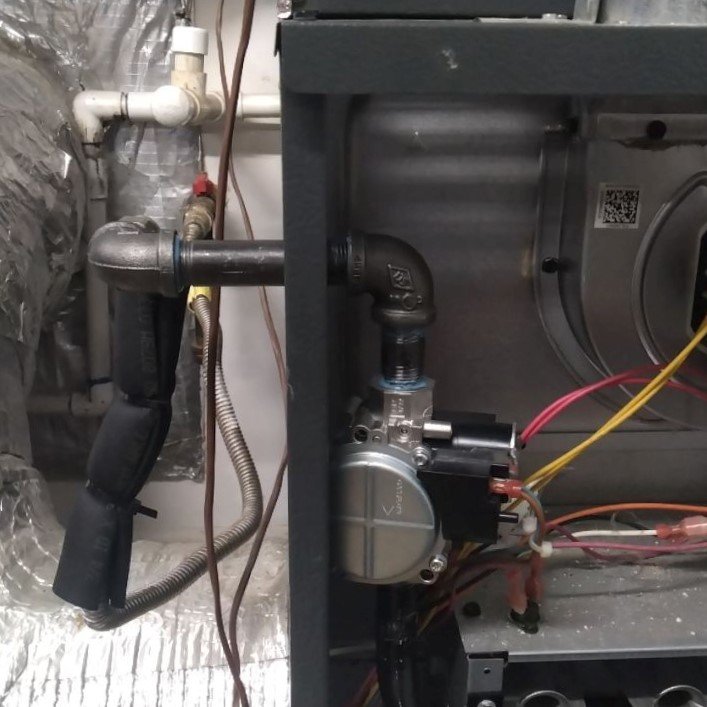
Furnace Gas Valve
Gas valve prices vary by manufacturer and type. Basic single-stage gas valves cost between $100-250. Two-stage and modulating gas valves cost significantly more. Gas valve pressure should be tested following a furnace gas valve replacement. You can expect to pay $150-250 in labor costs.

